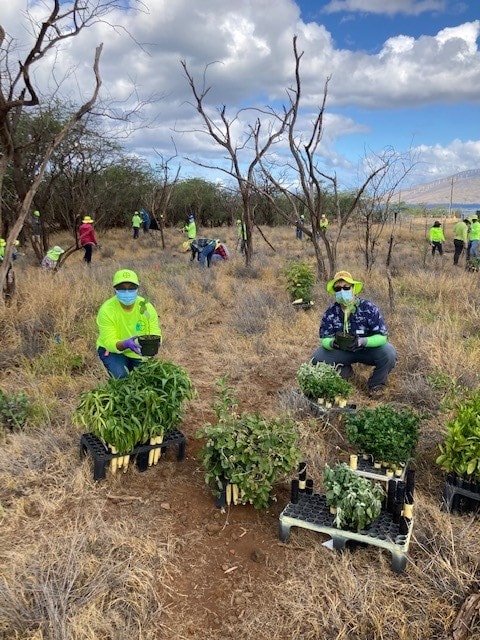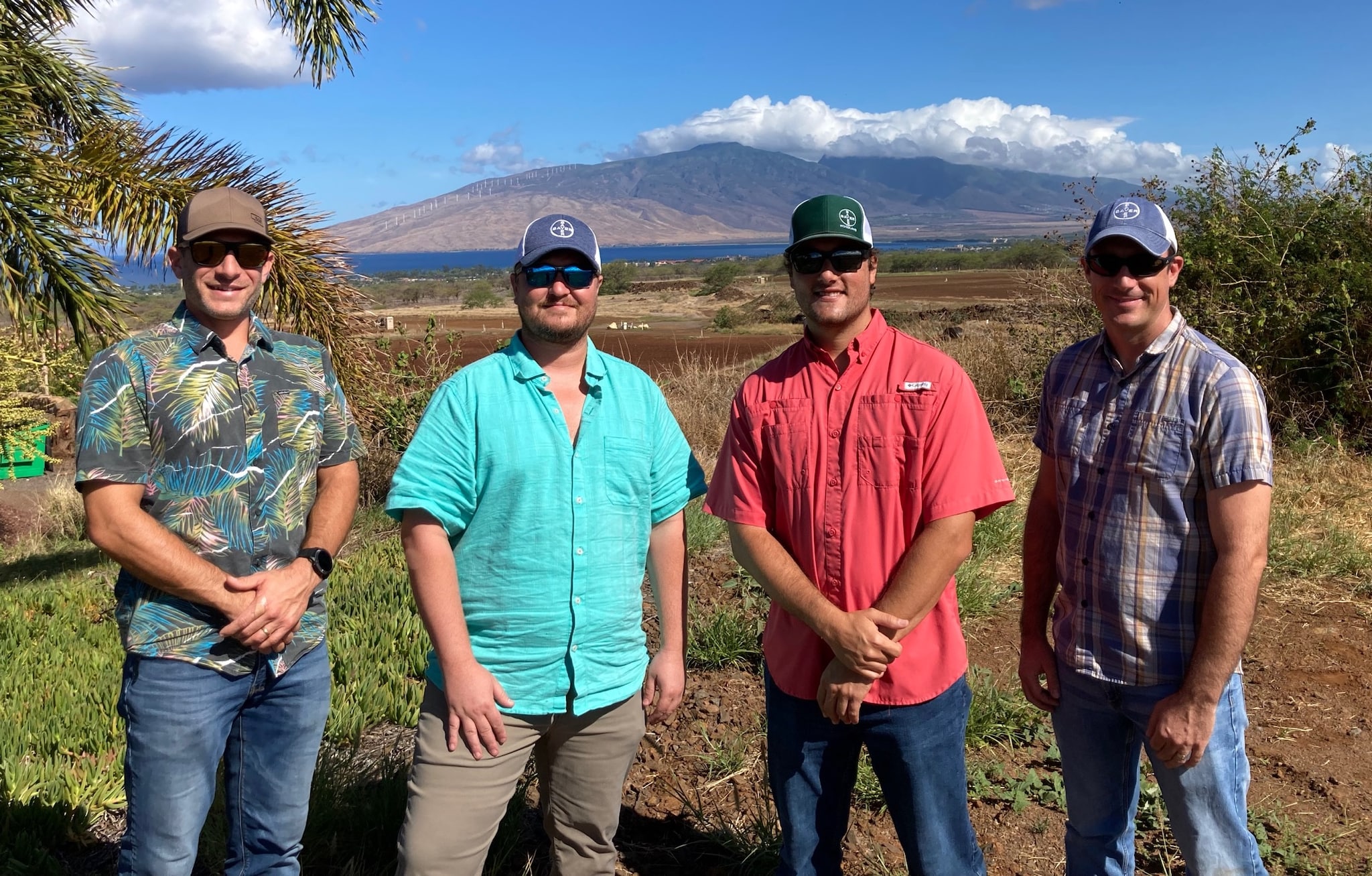Sustaining Hawaii Highlights Bayer’s Conservation Work on Maui
Recently Bayer’s Maui Agronomy team visited with Rick Hamada of Sustaining Hawaii to discuss some of their conservation practices and projects on its farms in Maui.

Tim Trudel of Bayer’s Land Strategy Team highlighted the recent rehabilitation of plant life and vegetation growing alongside one of Bayer’s farms on Maui. In this episode, Tim describes how the Bayer Hawaii Agronomy team, in partnership with several other local organizations, have been busy reestablishing plant life along the edges of these waterways to help stabilize the soil and prevent erosion during heavy rains. Preventing the erosion keeps soil and debris out of our ocean and helps protect sea life. In addition, all the plants are native to Hawaii, so the project is also an attempt to return this area to its native habitat. “Bayer just wants to be good neighbors and give back to the land around us,” he explains. “We preach as a company to be good stewards of our land. And I think we truly do that.”

Meanwhile, Brian Hopper, Operations Lead for one of Bayer’s farms on Maui, walks listeners through how Bayer protects the unique natural habitat of its Maui farms and promotes biodiversity while leveraging the land for agriculture. “After harvesting our corn crops we plant cover crops -- like mustard, radish, buckwheat, alfalfa... that add really great benefits for our soil health,” he explains. “For example, radish will break up hard ground while mustard and buckwheat are really helpful to keep weeds down. Their flowers attract beneficial insects that help manage pest populations as well. These cover crops also help to prevent soil erosion, while adding organic matter and nutrients back into the soil.” In the episode Brian also discusses the benefits of removing invasive species and cultivating native species. He provides an overview of how Bayer has planted many native habitats on our farms across the state including a new area in Maui about the size of a football field to allow those native species to thrive.

Edgar Cordero, Operations Lead for another of Bayer’s Maui farms, focuses on water irrigation practices, highlighting how R1 water use, drip tape irrigation and utilizing an irrigation curve that adapts to water needs of a plant at each phase of its lifecycle work together to reduce water use and the overall impact to the water cycle – and how Bayer’s in-house technology ties this all together. “We have a very nice in-house irrigation software and hardware system that brings together weather data, flow meter data and soil moisture data to enable smart irrigation decisions and increase water efficiency,” Edgar explains. “The key for us is to integrate multiple sources of data that allow us to make objective decisions and, in some instances, remove us from the equation. For example, after it rains, when do you restart irrigation? It’s all very subjective, and technology can help us close that gap.”
Jacob Petersen, Land Strategy Team Manager, discusses the Agronomy team’s approach to sustainability. “It's a very holistic approach. Our goals are rooted in stewardship -- a love for the land, or protection of the ʻāina as we say in Hawaii,” he explains. “It's essentially an ethic that supports the responsible use of agricultural resources and products. You need to maintain all the pillars: water, fertility, soil conservation and pollinator insects. Because if you're aiming for longevity, you can't just pick one sustainability goal.”
Listen to the full episode and check out Bayer Hawaii’s 2021 Farm Stewardship Report to learn more about these and Bayer’s other conservation efforts on Maui.